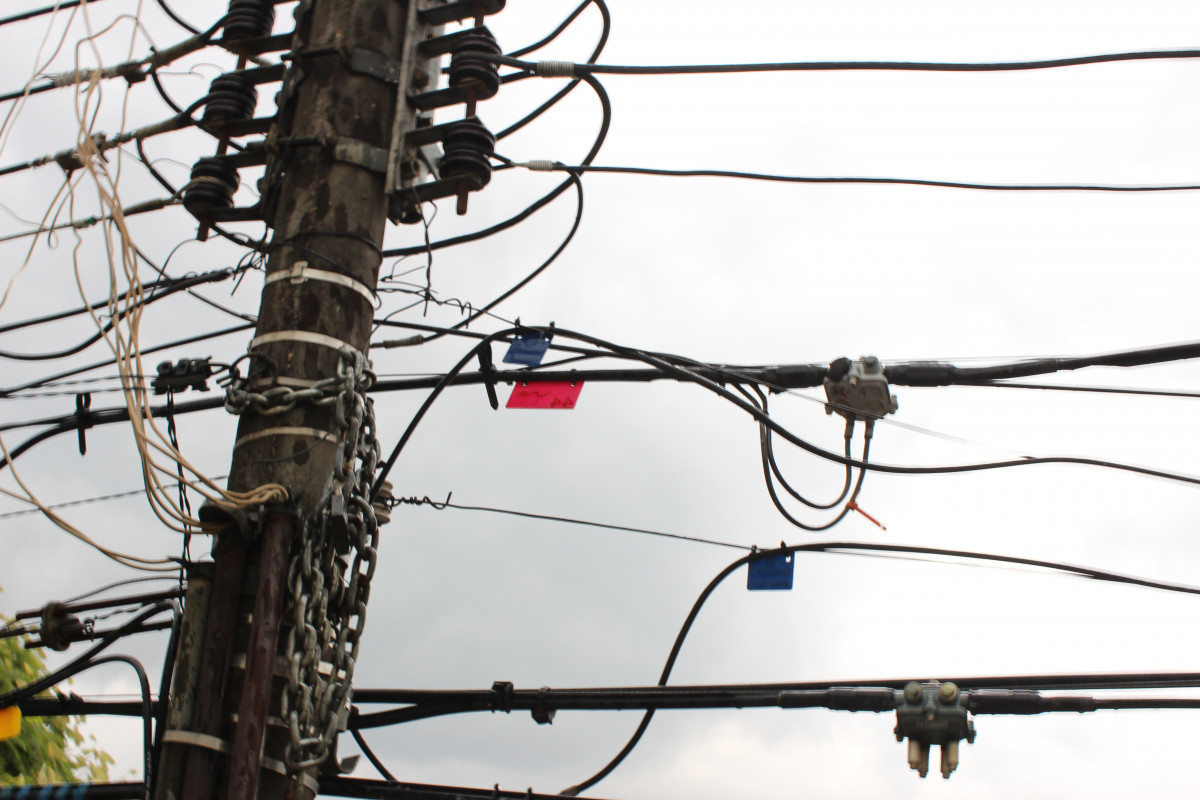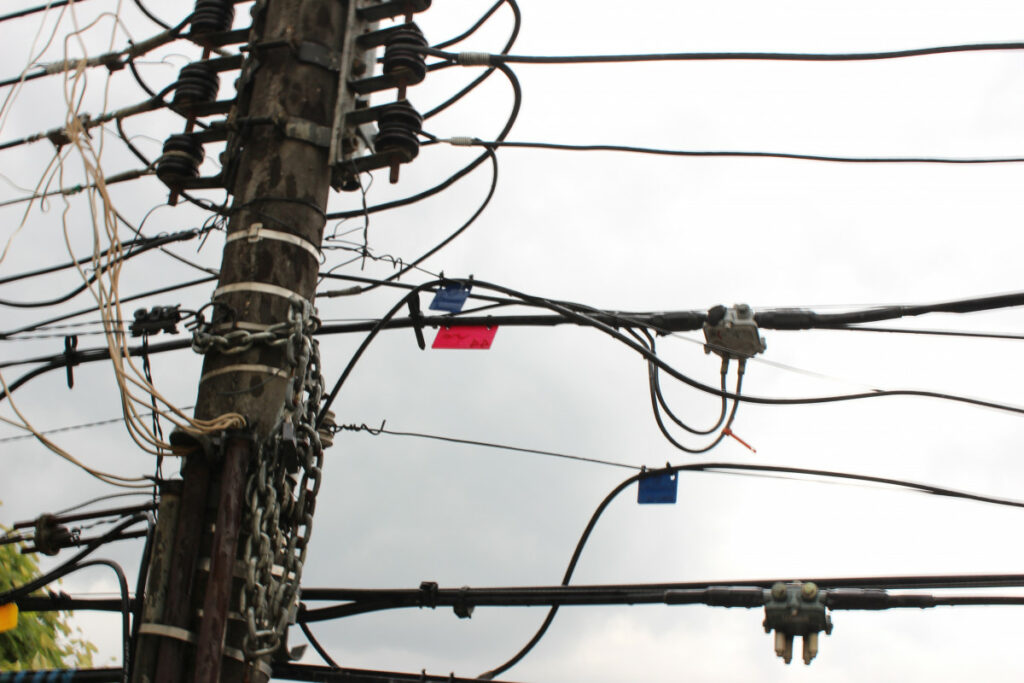Old Wires Still Need Proper Depreciation
By Branko Terzic

Reference is to the Washington Post May 29, 2024, article (Page A4) “Old wires limit capacity of US power grid, slowing transition to clean energy” by Shannon Osaka. As reported “…the nation’s sagging, out-of-date are being overwhelmed - slowing the transition to clean energy and the fight against climate change.” The article is fairly written with citations to various studies of US transmission grid prepared by universities, government agencies and consultants.
The article reports on the availability of new carbon fiber conductors to replace steel-core aluminum lines and double transfer capacity.
The assertion that caught my eye was that a study by the University of California -Berkeley and GridLab reported that “replacing these old steel wires could provide up to 80% of the new transmission needed on the electricity grid- without building anything new.”
My guess is that there are a lot of contestable assumptions behind that conclusion. And I would note that the “could” would imply certain conditions be met. For one thing its hard to imagine that the current electric transmission lines, subject to these upgrades in transmission conductor, are conveniently located with both ends fortuitously connecting new wind and solar resources to the nation’s urban centers. Most of our older electric transmissions was built first within state borders to connect utility-owned power plants to the same utility’s owned distribution networks in on our cities. Secondly some older transmission lines were built to connect adjacent electric utilities for economy and emergency power exchanges. More recent construction, after restructuring in many states, has been under planning in the RTO’s and these power lines span greater distances than older ones. They are also newer with higher associated costs.
Another consideration is that the state regulated Investor-Owned Utilities (IOU) still need state public service commission (PSC) approval to make the upgrades. Opposition to upgrades by landowners along the rights-of-way and others will be as intense for the upgrade as they would be for a new line. The article does point out that some Federal environmental screens may be less odious for an upgrade versus new construction, but the licensing and hearing processes are still under state control not federal. In my experience as a former state regulator, state interests will take precedence.
I again would like to remind readers that the US Congress has not to date, while given many opportunities in new energy legislation, transferred the licensing of interstate electric transmission lines from state jurisdiction to the federal as for example to the Federal Energy Regulatory Commission (FERC). The builder or enhancer of an electric transmission line across state lines must still apply for state-by-state for approvals with each state considering its own interests. Contrast that with the proposal to build a multi-state natural gas pipeline where the FERC has sole jurisdiction, can grant federal eminent domain, and can consider regional and national interests.
One other factor under rate regulation is that for state jurisdiction and FERC electric lines the annual depreciation expense should reflect the best estimates of the economic life (L) of the transmission line and well as estimates of cost of removal (COR) and salvage values (S).
The annual depreciation rate (D) in per cent per year (%/yr) is calculated on the estimates of COR and S as a % of original cost in the formula:
D= (100% +COR-S)/ L
If these new studies identify transmission lines which should be upgraded in the future and the date of upgrade is sooner than the date the line was to be taken out of service and fully depreciated, then the Life must be adjusted to reflect the shorter time remaining to retirement.
The nature of the upgrade may also alter the original estimates of COR and Salvage which would be factored into the new depreciation rates for the existing line. The new depreciation rate would recover all the original costs of the transmission line before it is taken out of service.
In practice, new economic lives, shorter than those now in use, will mean (with COR and S not changing much) that depreciation expense for the regulated utility would increase. Regulatory practice would pass this regulatory-controlled increased expense along in terms of higher rates to consumers in advance of the upgrade.
So, it is good news that some existing transmission lines can be upgraded as to their electricity transfer capacity by introducing new technology wire conductors. Whether this technology will accommodate 80% of the needed new capacity is yet to be seen. Even lower estimates on a percentage basis would be welcome if reconductoring is less costly than the construction of new transmission lines with the same functionality. Even so there is an interim higher depreciation expense which also must be accommodated.
The Honorable Branko Terzic is a former Commissioner on the U.S. Federal Energy Regulatory Commission and State of Wisconsin Public Service Commission, in addition to energy industry experience was a US Army Reserve Foreign Area Officer ( FAO) for Eastern Europe (1979-1990). He hold a BS Engineering and honorary Doctor of Sciences in Engineering (h.c.) both from the University of Wisconsin- Milwaukee.
#BrankoTerzic #energy #regulations #experience #research #future #opportunity #strategy #management #people #electricity #power #utilities #renewables #RenewableEnergy #energysector #powergeneration #energyindustry #powergrid #power #electrical #electricalgrid #solarenergy #engineering #powerlines #powerdistribution #substation #powerplant #powersystems #electricalengineering #cleanenergy #powersector #gogreen

